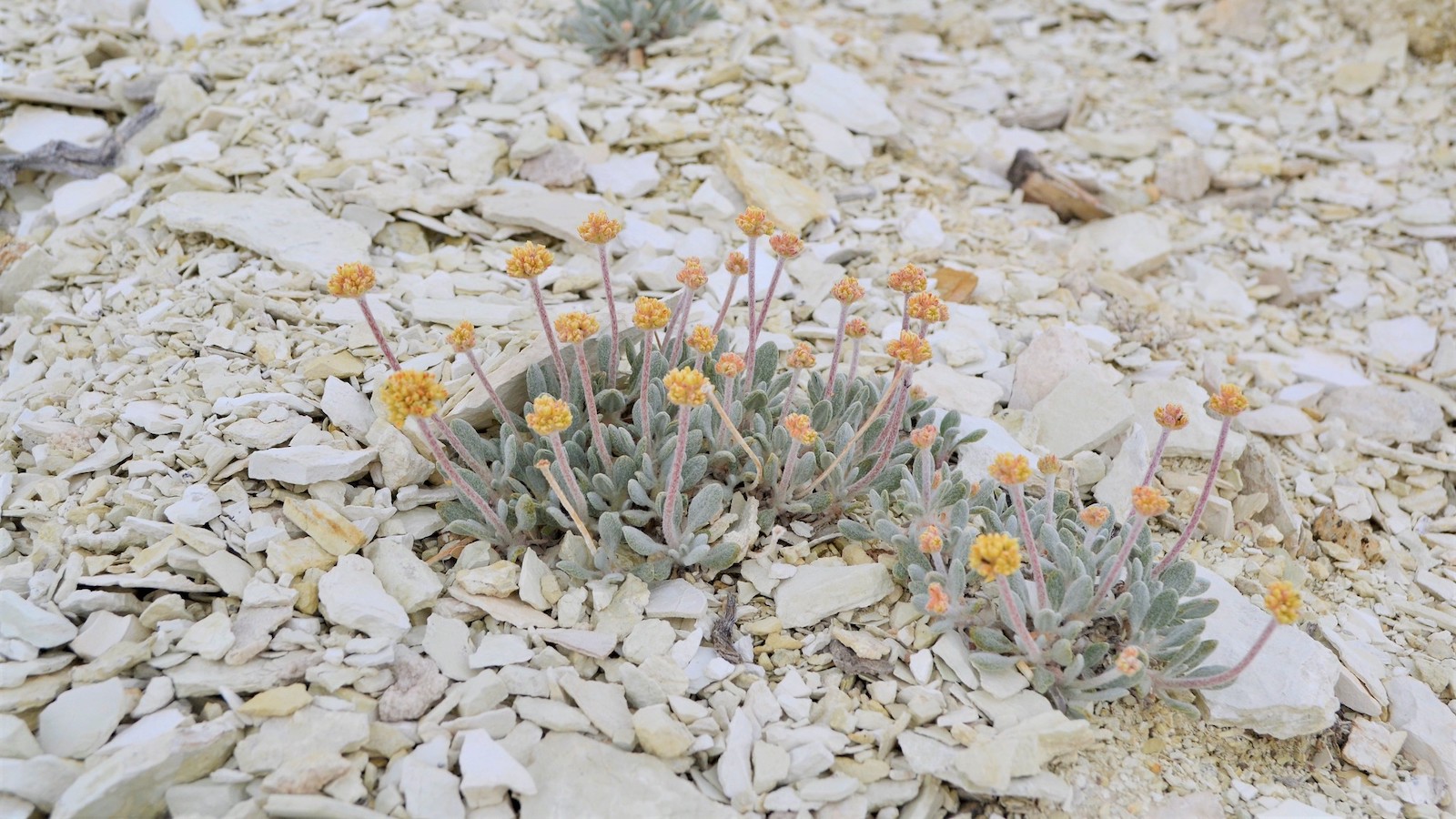On a remote desert ridge in Esmeralda County, Nevada, sprouts Tiehm’s buckwheat, a small yellow flower found nowhere else in the world. The plant’s entire footprint is contained to just 10 acres scattered across 3 square miles of this entire vast planet. Those happen to be the very same square miles from which an Australian company has plans to extract lithium, a key mineral required for the transition to electric vehicles and renewable energy.
Conservation groups, concerned by the mining proposal, filed a petition to protect the flower back in 2019. On Tuesday, that effort paid off: The U.S. Fish and Wildlife Service officially listed the species as endangered, also designating 910 acres in the Nevada desert as critical habitat for the plant.
“Lithium is an important part of our renewable energy transition, but it can’t come at the cost of extinction,” said Patrick Donnelly, the Great Basin director at the Center for Biological Diversity, which filed the petition, in a statement. “The Service did the right thing by protecting this precious wildflower.”
The designation won’t halt the mining project, known as Rhyolite Ridge, but rather hold it to higher regulatory standards, potentially giving conservationists more ammo to use in court if they think the project continues to threaten the species. The mine is expected to produce 22,000 metric tons of lithium per year over more than two decades.
Lithium is an essential component in the batteries used in electric cars and on the electric grid, where they store renewable energy that can be dispatched when the sun isn’t shining and the wind isn’t blowing. Ford, which has ambitious plans to crank out millions of electric vehicles in the coming years, has already agreed to purchase 7,000 metric tons per year from the Rhyolite Ridge mine. Domestic supplies of lithium are critical to the success of the Inflation Reduction Act, the $369 billion climate package Congress passed in August. Under the law, rebates for electric vehicles will eventually be restricted to models that use critical minerals that were extracted or processed in the United States or countries that the U.S. has free trade agreements with.
The endangered species listing is the latest chapter in the Biden administration’s attempt to balance the often conflicting goals of rapidly transitioning to clean energy, increasing U.S. conservation, protecting biodiversity, and repairing relations with tribal nations.
The Center for Biological Diversity recently won similar protections for the Dixie Valley toad, a speckled amphibian that inhabits a Nevada wetland where a company called Ormat is building a geothermal power plant. In that case, after a lawsuit brought by the conservation group and the Fallon Paiute-Shoshone Tribe held the project up, the company decided to downsize its proposal. It’s now working with the Fish and Wildlife Service and the Bureau for Land Reclamation to further reduce risks to the toad.
Ioneer, the Australian company developing Rhyolite Ridge, welcomed the Tiehm’s buckwheat announcement this week. “We are committed to the protection and conservation of the species and have incorporated numerous measures into our current and future plans to ensure this occurs,” managing director Bernard Rowe wrote in a statement. “Our operations have and will continue to avoid all Tiehm’s buckwheat populations.”
The Center for Biological Diversity remains skeptical. The group described the company’s most recent operations plan as an open pit mine that would surround a “tiny island of land” on which 75 percent of the flower’s population lives. In its endangered species determination, the Fish and Wildlife Service found that the plan would “disturb and remove up to 38 percent of critical habitat for this species.”
The agency sees the designation of critical habitat as a pathway to “ensure development projects are planned and designed to avoid the destruction of habitat while supporting current and future land-use plans.”
Donnelly plans to hold the agency to that. “Now that the buckwheat is protected,” he said in a statement, “we’ll use the full power of the Endangered Species Act to ensure Ioneer doesn’t harm one hair on a buckwheat’s head.”
But while Ioneer’s mining project poses risks to the species, so does climate change, which promises to worsen without a swift transition away from fossil fuels. In 2020, more than 60 percent of the already small population of Tiehm’s buckwheat was wiped out by small mammals over a two-week period. While further investigation is needed to understand the event, the Fish and Wildlife Service believes that drought may have contributed to it. “Rodents in drought conditions may have been seeking water from whatever source was available and, in this case, found the shallow taproots of mature Tiehm’s buckwheat plants,” the agency wrote. Drought is just one of the ways in which global warming threatens biodiversity — the United Nations’ climate science panel warned earlier this year that after just 1.5 degrees Celsius (2.7 degrees Fahrenheit) of warming, 14 percent of land species are likely to go extinct.



